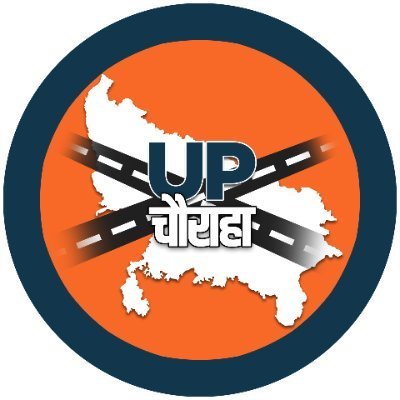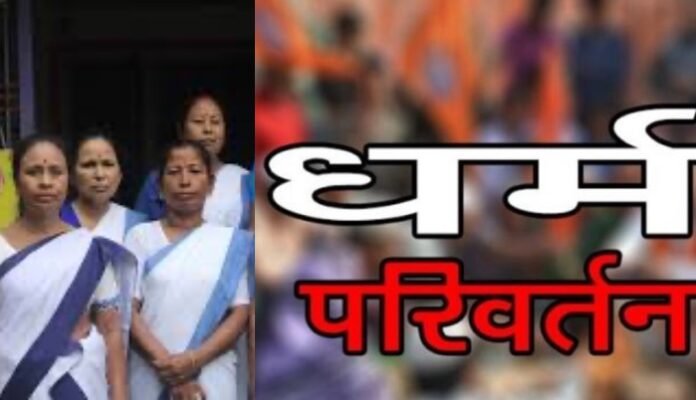In around ten districts of Purvanchal (Eastern Uttar Pradesh), the method of religious conversion is changing rapidly. Missionaries have now adopted a new strategy — the converts’ surnames and identity documents are no longer being changed. There are two main reasons for this.
First, people who have converted are now staying within their own communities and villages while carrying out missionary work.
Second, by not changing their official documents, they can continue to receive government benefits, reservations, and welfare schemes as before.
ASHA Workers Also Promoting Conversions
An ASHA (Accredited Social Health Activist) worker from Jaunpur district (name withheld) has herself converted and is now encouraging others to do the same. She says — “My identity is the same; I just wear a locket, which stays hidden under my clothes.”
She explains that changing names is no longer necessary for conversion:
“Why change your name? It’s not like we’re stealing. You can believe in what you want in your heart. Names are not written down in gatherings; just pray at home.”
Change in ‘Healing Meetings’ Due to Police Crackdown
After police tightened surveillance in Jaunpur, prayer meetings have shifted to mobile and online platforms. Earlier, these “healing meetings” used to take place in people’s homes, but now individuals pray privately in their own houses.
Pastors connected to Mumbai and Delhi conduct online services every Friday and Sunday, during which new people are introduced to the faith. Many people from Jaunpur now attend large gatherings in Bhullanpur, Varanasi.
One ASHA worker said, “Last time, 10–11 people went to Banaras by tempo. Around 250–300 people had gathered there.”
Local Families Say — ‘We Now Follow Only Jesus’
According to an Amar Ujala report, a man named Achhelal from Sultanpur district and his family have taken baptism (oath of faith). Achhelal says they now worship only Jesus. Some of his family members still follow their original religion but pray to Jesus at home.
Ramesh from Sarki village said that attending healing meetings “helps,” and he goes every Sunday.
Missionaries’ New Target — First-Generation Converts
Police investigations have revealed that missionaries are now targeting children from poor, Dalit, or tribal families. They first gain sympathy by offering financial help for weddings, medical treatment, or education.
After that, these families are encouraged to attend prayer meetings and gatherings.
According to sources, the “rate” for converting one person ranges between ₹25,000 and ₹50,000, and middlemen are paid a commission accordingly.
The “Open Rate” and Method of Conversion
According to the same report, Virendra Vishwakarma from Khujjhi village in Jaunpur, who recently returned to his original faith, said that people are lured into conversion under the pretext of marriage or medical help.
He said, “About ₹25,000 is given per person converted.”
Currently, in areas like Khaliya, Bhullandih, and Kerakat, healing meetings are held every Thursday, morning and evening.
Those attending are recorded in registers and given ‘holy water in Jesus’s name’ to drink.
Virendra added that earlier, a man named Durga Yadav used to conduct these meetings; his entire family has now fully converted.
Administrative Action and Crackdown
Dr. Kaustubh, Superintendent of Police (SP) of Jaunpur, said that whenever there is information about conversion through greed or inducement, raids and immediate action are taken.
He stated, “Four cases have been registered this year so far, and the accused have been sent to jail. The crackdown will continue.”
A New Challenge for Administration
Religious conversion in Purvanchal no longer happens openly. It is now quiet, covert, and digital, designed to avoid both legal action and social backlash.
By keeping surnames and official documents unchanged, missionaries find their work easier — but for the administration, this has become a new and serious challenge.
If this cycle of economic and social inducements in the name of religion is not stopped in time, it could deeply affect the social fabric of villages in the coming years.


